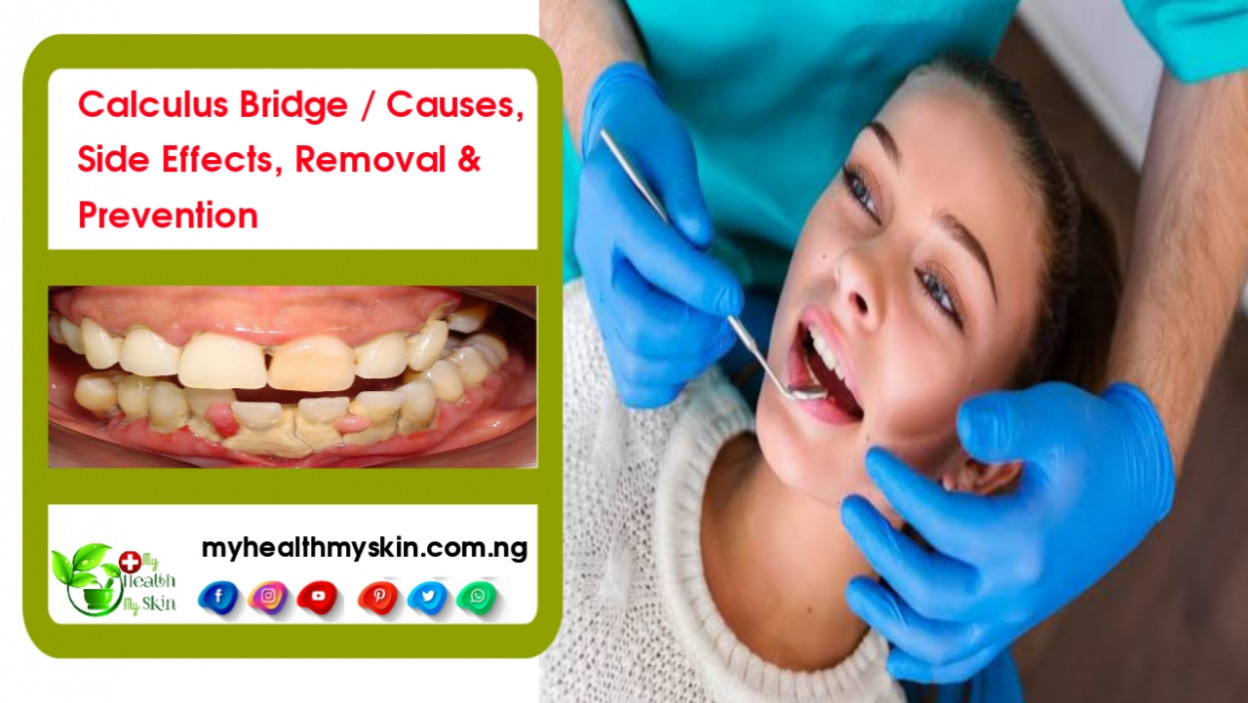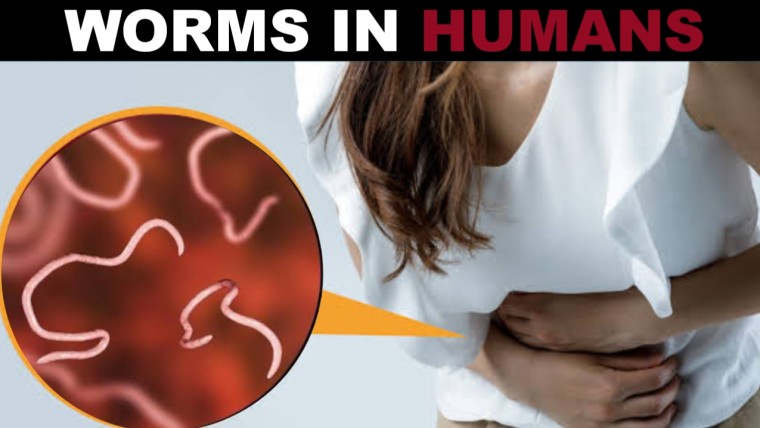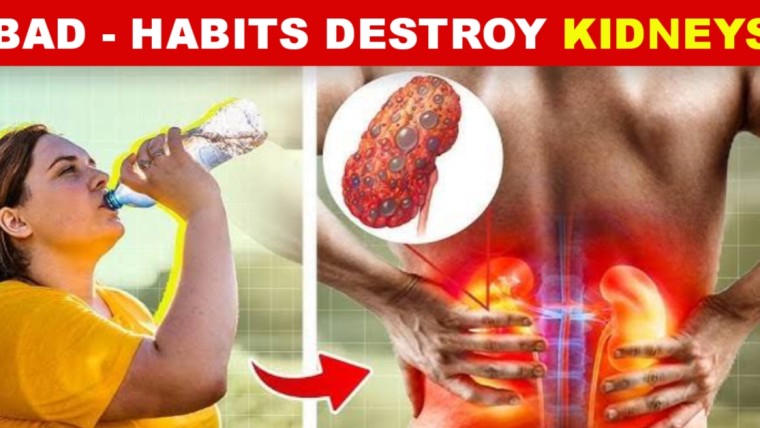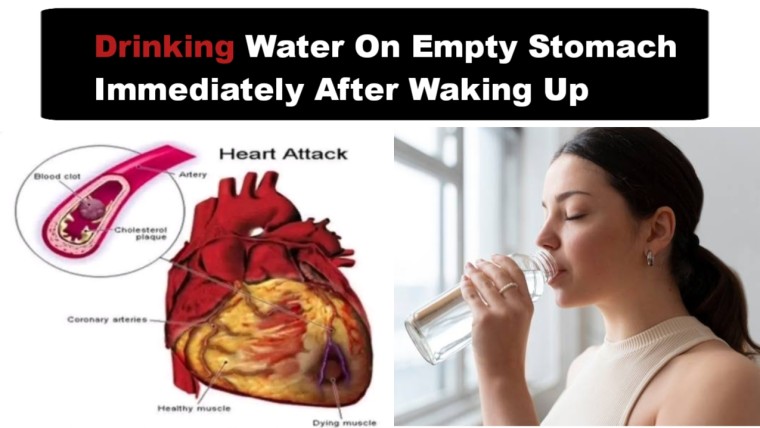After meals, or even after eating a simple snack, food residues are deposited on the tooth enamel know as plague.
Although, It’s not just bigger pieces, but also small particles that aren’t removed even when you rinse your mouth with water.
It is these residues that form bacterial plaque, a biofilm that serves as food for harmful bacteria. It can be easily eliminated with brushing.
However, when oral hygiene is not done, it gives rise to dental calculus, that is, tartar forms on the tooth which is known as calculus bridge.
The presence of dental calculus (tartar) on the tooth greatly impairs the aesthetics of the smile, but this is just one of its negative impacts.
This is because this condition shows that it is necessary to take better care of oral health, and still poses risks to its balance.
Bacteria also thrive in dental calculus (tartar) and can cause gum disease, but the good news is that preventing these stones from forming is easy. Also, it can be removed from the teeth to avoid complications.
IMPORTANT: You are advised to see a dentist to remove the hardened calculus in other to prevent harm to your teeth and gums.
In this article we explain in more detail what calculus bridge (tartar) is, the causes, it’s side effects, how to remove it, the recommended preventive measures and in what ways this problem can be treated. Keep reading and check out this tip to have a healthy and beautiful smile!
[lwptoc]
What Is Calculus Bridge (Tartar)
Dental calculus or Tartar, consists of bacterial plaque that is not removed through oral hygiene and that solidifies in the mouth. It is a hard material, with a whitish or yellowish hue, which forms in different parts of the dentition.
It is quite common to notice its presence in the gaps of the teeth or very close to the gum, filling the small space that is between neighboring teeth.
Calculus also happens to form on the layer below the gum, where we can’t see it. In this case, it is called sub-gingival tartar.
How Do Plague Turn Into A Calculus Bridge?
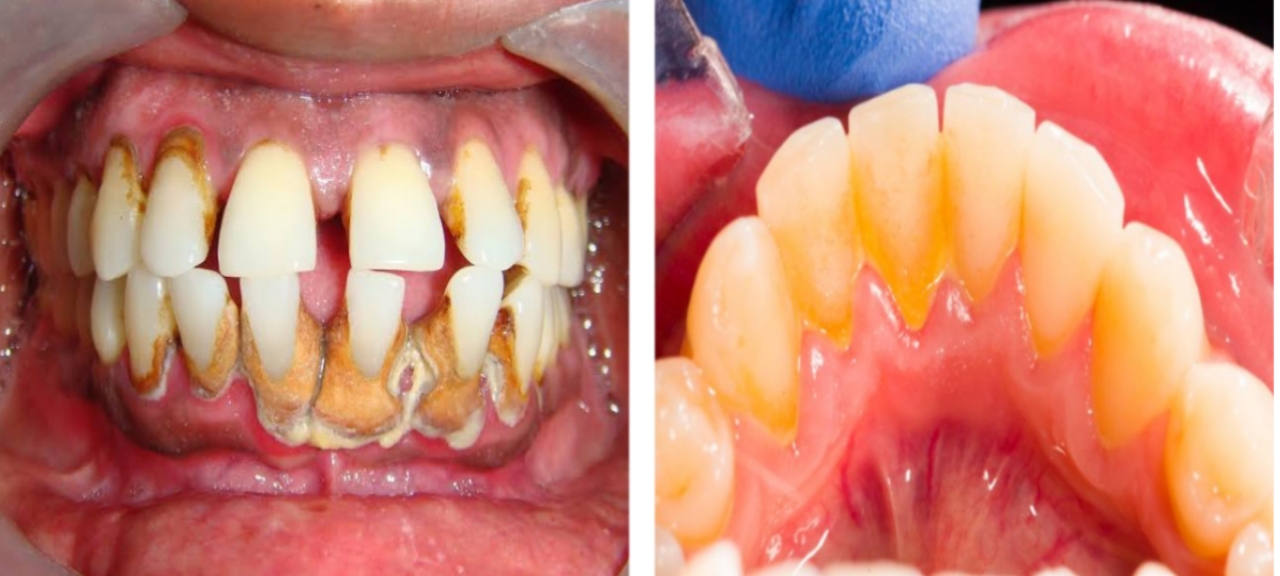
The formation of bacteria plague, therefore, include the natural process of accumulation of food residues (that is, after you eat or drink something sugary or starchy) in the teeth associated with inadequate or poor oral hygiene.
However, as bacterial plaque is in contact with the minerals present in saliva, it solidifies and forms a calculus bridge (tartar).
Also, the yellowish stains on the teeth, especially on the gingival margin, indicate the presence of tartar, which is the result of the hardening of bacterial plaques.
Bacterial plaque is a colorless, sticky layer that forms or accumulates along the teeth and gingival margin.
Normally, bacterial plaque causes halitosis (bad breath) and may be the basis for the development of other oral and dental disorders, such as gingivitis and dental caries, for example
This is a problem that makes everyone uncomfortable, because in addition to being harmful to health, it affects the aesthetics of the smile.
Calculus Bridge Side Effects
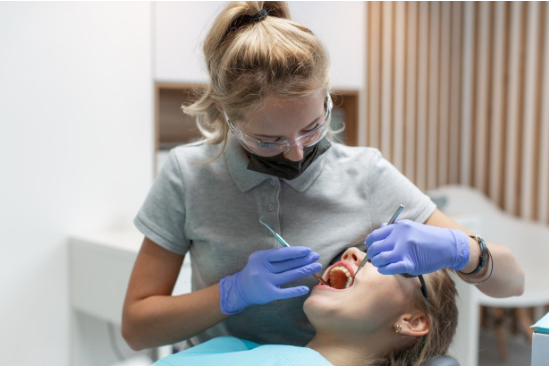
The buildup of dental calculus on the teeth and along the gum line can cause serious oral health problems.
Dental Tartar is a stickier, rougher surface that allows plaque to adhere more easily. This is a serious problem, as plaque can lead to conditions like:
Gingivitis
This is a disease in which the gums become irritated and inflamed. This causes great damage to the soft tissues within the oral cavity.
Some of the consequences that this disease can have is the loss of teeth, added to pain in the gums, inflammation and the presence of a violet color in them.
In addition, it generates great sensitivity that makes it difficult to carry out activities as routine as eating or drinking. Bleeding is also possible.
Halitosis Plague
Halitosis is what we commonly call bad breath, and this is caused by a type of bacteria that produces a series of sulfur compounds.
Suffering from halitosis can generate embarrassment and, in some cases, anxiety in the person who suffers from it.
It is also necessary to take into account that, in the long run, it is a problem that can affect the self-esteem and security that a person may have in the social sphere.
Periodontitis
When we talk about periodontitis we refer to the accumulation of tartar under the gums.
This can be considered one of the worst consequences of the accumulation of tartar, since it endangers our teeth, and the health of our mouth in general.
This disease can cause teeth to loosen, causing them to change their position and affecting the harmony of our teeth with the jaw. This causes problems speaking, singing, or playing wind instruments.
If it is not treated in time, it can mean the loss of teeth, thus generating chewing problems and compromising general health.
Cavities Tartar
Cavities are small openings that form in the teeth and can be very damaging over time. Some of the discomforts caused by cavities are sudden pains in the teeth, which are generated for no apparent reason.
They can also cause tooth sensitivity and pain when eating certain foods. The most visible consequence is the brown or black stain that occurs on the teeth.
If not treated in time, these can cause tooth breakage, leading to their subsequent repair or extraction.
Systemic Diseases
Several studies suggest that some consequences of the accumulation of tartar can contribute to heart problems, such as heart attacks.
This is because, in some cases, periodontal diseases need the use of antibiotics and other medications as treatment. These, in turn, can play a fundamental role in the cardiovascular field.
Aesthetic Problems
As a result of the accumulation of tartar, patients may experience aesthetic changes such as receding gums and the formation of black spaces between the teeth.
This results in swollen gums and teeth that look longer because of this retraction.
At the same time, the loss of a tooth can change the appearance of the patient, not to mention that it can also change the color of them.
These changes or modifications of the teeth can be considered unattractive, generating discomfort and insecurity in the people who suffer from them.
The accumulation of tartar is a problem that can be controlled with proper cleaning. The important thing is to keep it at bay and be careful with our oral health so that it does not affect our quality of life.
Calculus Bridge Removal

Daily plaque removal is the most effective method of preventing a calculus bridge or tartar from forming, and you can do this at home by flossing your toothbrush daily.
Once a dental calculus or a bridge of calcified plaque is formed, it is no longer possible to remove it at home, as it adheres firmly to the surface of the teeth.
Tartar is removed in a procedure called scaling or tartarectomy, which is the first phase of oral cleaning or prophylaxis.
The dentist uses ultrasound instruments and curettes to scrape the teeth.
Then, polishing is performed, which removes bacterial plaques, combined with jets of air, water and sodium bicarbonate.
Finally, the dentist applies fluoride to prolong the effect of the treatment.
What Should Be Done To Prevent A Calculus Bridge?
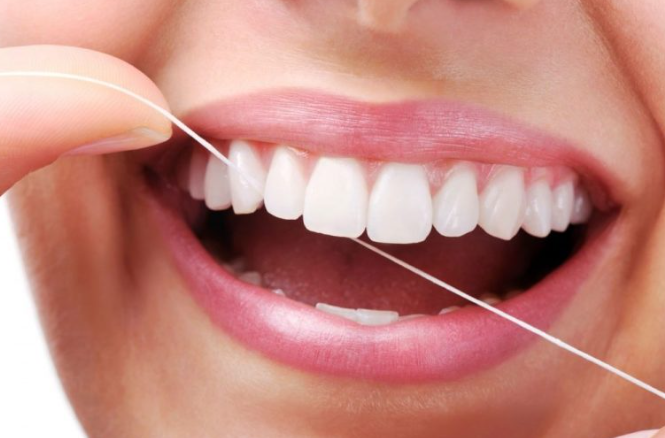
As you have seen, dental calculus forms because of food residues that accumulate and are not removed through brushing. Therefore, avoiding this problem is very easy, just taking care of oral hygiene. Check out the tips below to make it more efficient.
Choose A Good Brush
A good quality brush suitable for your needs is essential for it to promote good cleaning and prevent tartar on the tooth.
There are different types on the market, so when choosing a brush it is important to pay attention to some characteristics.
Prefer brushes with soft bristles because they clean close to the gum without harming this tissue, making it easier to remove as much plaque as possible. Ideally, the bristles should be straight, to maintain an even contact over the entire enamel surface.
The amount and density of tufts also makes a difference. That’s because, the denser, means that they contain a greater number of bristles.
This volume allows for a larger contact area as well, promoting more efficient cleaning.
Models with a small, rounded or triangular head make it easier to access the teeth further back in the mouth without hurting the cheeks.
Those with rubberized or anatomical handles allow for firmer and more precise movements.
Brush Your Teeth After Every Meal
Everything we eat leaves residue in the mouth, thus, it can contribute to the formation of tartar on the tooth. Therefore, brushing only at the end of the day is not the best alternative, and it is ideal to perform it after each meal.
So that you can guarantee this care even when you are away from home, just assemble an oral hygiene kit and take it with you in your purse or car.
If possible, it is worth leaving it in the work environment, in order to ensure more practicality and that you have access to the products you need to sanitize your mouth.
Use Dental Floss Every Day
The brush alone can’t remove all the residue, so if you don’t floss you run the risk of noticing the formation of tartar on the tooth. Using it should be part of your oral hygiene routine.
However, in this case it is different from the brush, as there is no need to pass the wire every time you brush your tooth.
This can be done on the last brushing of the day, because excessive use can damage the gum, for example, causing it to retract.
Remember that when using dental floss, you need to go through all the gaps in your teeth and extend the movement a little into the gum. Do this gently and gently so as not to injure her.
Have A Good Diet
Foods that are more sugary or full of carbohydrates produce more plaque. Adding this factor to poor hygiene results in tartar.
Go To The Dentist Regularly
Every six months or a year, visit this professional to see how your oral health is doing and perform a prophylaxis that keeps your mouth free of tartar.
You May Also Like:
- Baby Teeth: How To Relieve Teething?
- Female intimate hygiene and Intimate Hygiene Wash Product. All you have to know
- Thrombosis – Causes, Types And Treatment
- All About Tummy Tuck [Abdominoplasty] – The Complete Guide to Surgery That Can Eliminate Abdominal Flaccidity
Reader Questions:
What Does Tartar On The Tooth Cause?
When left untreated, the dreaded dental calculus can cause cavities to form, which, when left untreated, can turn into an even more serious dental problem.
Also, tartar on your teeth can affect the appearance of your smile, as it leaves a yellowish layer visible even after brushing.
Bad breath is also a very common occurrence in people who have dental tartar, in addition to leaving a very unpleasant taste in the mouth.
And, as if that were not enough, the tartar on the tooth, when left untreated, causes periodontal problems, such as gingival recession, gingivitis and bone loss.
How Do I Know If I Have Calculus Bridge?
Unlike biofilm, which is a colorless film, dental tartar or calculus is an easily visible mineral formation, if it is above the gum level, of course.
The most common sign of its occurrence is a brown or yellow color on the teeth in the region of the gingival margin.
How To Treat Calculus Bridge?
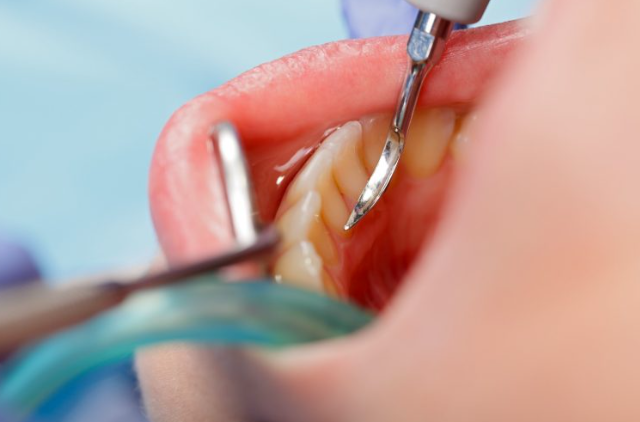
Dental tartar cannot be removed in a simple way, as with bacterial plaque. As we explained, it is a hard residue that is very adhered to the dental enamel, so only the dentist can remove it.
For this, he uses instruments such as the ultrasound device and the curette.
The technique is called tartarectomy, being a mechanical process, basically as if the teeth were being polished.
This is one of the procedures that dentists perform in routine consultations, when performing dental prophylaxis .
Hence the importance of having a periodic consultation with this professional in order to remove visible tartar that is below the gum line.
This is essential because, as you have seen, it also contains bacteria and brings serious damage to oral health. When tartar is not removed, gingivitis begins.
It, in turn, progresses to periodontitis, affecting more internal tissues that support the teeth.
And not only that, because these same bacteria can migrate through the bloodstream and reach vital organs, such as the heart.
Take good care of your oral hygiene to prevent tartar on the tooth and don’t forget to consult with the dentist periodically, so that he complements these care. That way you will ensure that your mouth is always clean and healthy.
Tartar is a very common problem, so share this information on your social media so that more people know how easy it is to avoid and the importance of doing so.
Calculus Bridge: Why Is It Serious?
The bacteria present in the mouth during severe gingivitis or acute periodontitis could, in pregnant women, contaminate the placenta and amniotic fluid, and cause a risk of premature delivery or the birth of an underweight baby.
In addition, a link with cardiovascular diseases has also been put forward.
An American-Japanese study (University of Louisville – USA) shows that 26% of stroke victims are carriers of bacteria from the family of Streptococcus mutans, responsible for dental caries.
It can also be the cause, in weakened people, of endocarditis, an inflammation of the envelope of the heart.
Finally, the DNA of bacteria causing dental or periodontal infections has been found in atherosclerotic plaques, showed a team from the Forsyth Institute (Cambridge, Massachusetts, USA).
What Is The Best Treatment: Good Dental Hygiene?
It has been proven that regular scaling (once or twice a year) limits the appearance of periodontitis.
But it is regular and thorough brushing twice a day, with the use of interdental brushes, which remains the most effective.
Two to three days of poor brushing are enough for tartar to begin to form, and twelve days for it to calcify. So, we respect the two minutes of brushing prescribed by the dentist.
Dental Tartar In Children: How To Avoid It?
Tartar does not choose age to appear. However, the good news is that the ways to prevent this problem in children are much simpler than they seem.
Through consultations, a pediatric dentist will provide the necessary information to parents and guardians on how the child’s oral hygiene should be carried out.
For this reason, it is very important for your child to see a dentist from an early age!
How much money does it cost to remove dental tartar?
However, this is not an expensive treatment. Only dental specialists are trained to perform deep dental cleanings and thus remove the accumulated tartar on the teeth, interdental spaces, gingival line, etc.
The process, which does not hurt, lasts about half an hour and undergoing it is crucial to maintain proper hygiene and oral health.
Conclusion
Dental health is very important, as the old saying goes: toothache is not a disease, it is a killing pain.
Yes, if you do not protect your teeth properly, it will cause various discomforts in your teeth.
Developing good lifestyle habits is also to reduce the damage to teeth. Due to old age, teeth are already it’s not as strong, but keeping the teeth clean will also help extend the life of the teeth.
If you want to read more articles similar to Calculus Bridge: Causes, Side Effects, Removal & Prevention, we recommend you visit our Physical & Mental Health category.
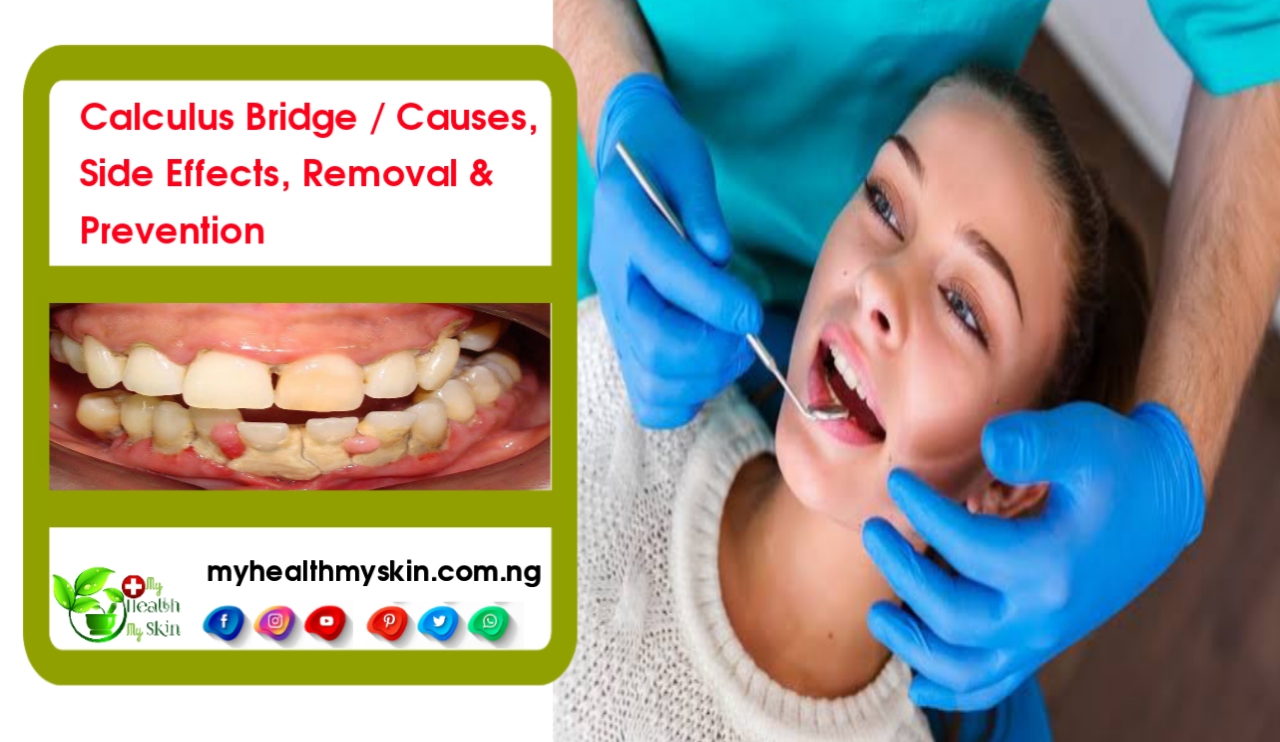
Have You Ever Had Tartar Scraping With A Dentist? Do You Usually Floss Your Teeth Every Day? Have You Tried Any These Methods To Prevent The Formation Of Plaque And Tartar? Comment Below!

